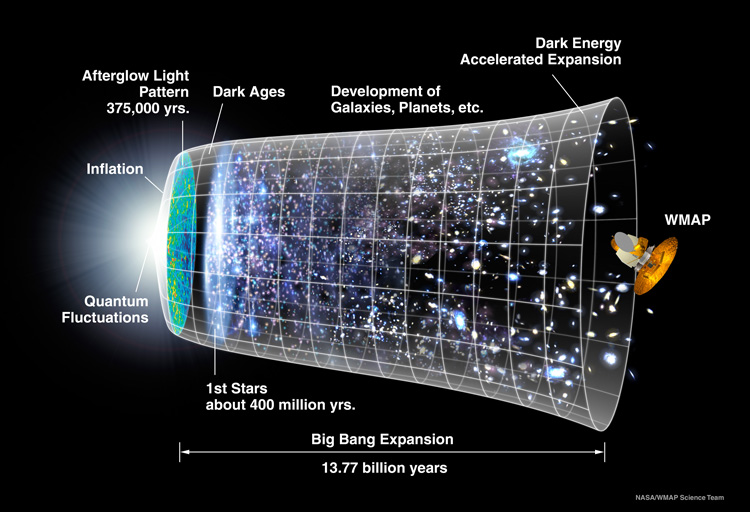Thirty-five years ago this week — as of this writing, I can’t confirm the exact date — a Scout rocket launched from Wallops Flight Center, Virginia, with an experiment to test one of Einstein’s relativistic predictions.
The probe, known by several names but most commonly now as Gravity Probe A, launched on a high-altitude sub-orbital trajectory: it essentially flew nearly straight up to a height of just over 10,000 km (6200 mi), and then nearly straight back down to the Atlantic Ocean.
During its brief sojourn into space, however, the payload accomplished its mission. Gravity Probe A carried a highly accurate maser* clock, which the Theory of Relativity predicted would run faster at that altitude than its sister clock on Earth. The experiment confirmed this Gravitational redshift phenomenon.
As for the date, my original NASA history source listed it as today — June 18th — and so does the Wikipedia entry. The National Space Science Data Center, however, lists it as having launched on the 16th, though an archived version of the NSSDC page listed it as the 17th and so did another site. So, suffice it to say that sometime around this part of June, 35 years ago, experimenters confirmed a key prediction of Einstein’s theory. And if anyone knows the exact date, with confidence, let me know.
___
*Microwave Amplification by Stimulated Emission of Radiation; by analogy, a “microwave laser”



 by
by 














